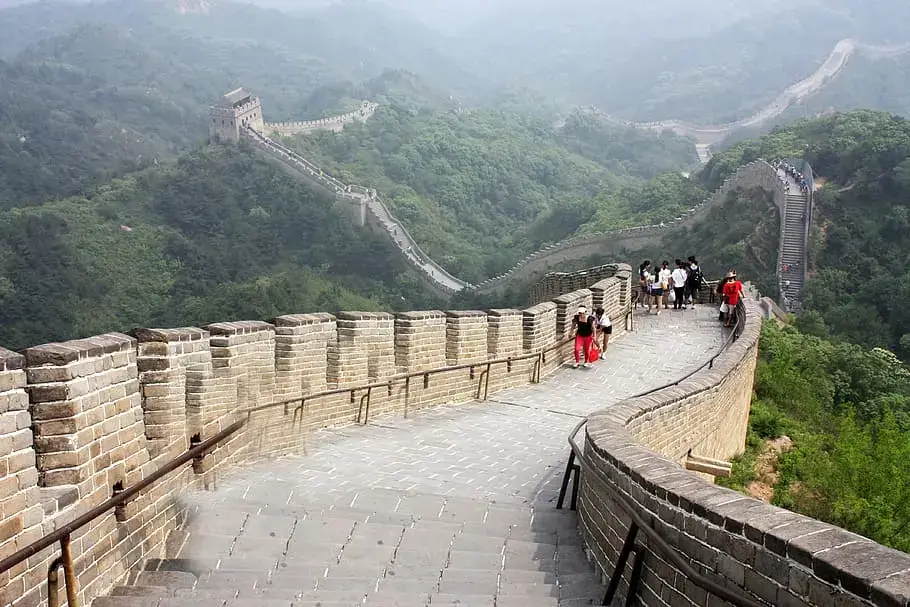Follow the trend

The Great Wall of China stands as a testament to the ingenuity and perseverance of ancient civilizations. Stretching across vast landscapes, this monumental structure holds immense historical, cultural, and architectural significance. In this blog post, we will delve into the captivating story of the Great Wall, exploring its length, construction, purpose, builders, location, height, and the intriguing myth of its visibility from space.
The Great Wall of China is an astonishing feat of human engineering, spanning an impressive length of approximately 13,171 miles (21,196 kilometers). This remarkable wall winds its way across diverse terrains, including mountains, valleys, and deserts, showcasing the remarkable craftsmanship and strategic planning employed during its construction.
Construction of the Great Wall of China commenced over two millennia ago, with its earliest foundations laid as early as the 7th century BC. However, it was during the Ming Dynasty (1368-1644 AD) that the wall took its most recognizable form, as extensive renovations and expansions were undertaken. The construction of the Great Wall continued intermittently for several centuries, reflecting the continuous efforts of various dynasties to protect their territories.
The primary purpose of building the Great Wall of China was defensive in nature. It served as a formidable barrier against invasions and incursions from nomadic tribes, particularly from the north, such as the Mongols and Xiongnu. The wall acted as a strategic fortification, allowing Chinese dynasties to safeguard their borders, control trade routes, and maintain territorial integrity.
The construction of the Great Wall of China involved the collective efforts of numerous dynasties and rulers throughout history. Emperor Qin Shi Huang, the first emperor of China and founder of the Qin Dynasty, played a significant role in the initial construction of the wall. However, the most well-known and extensive construction occurred during the Ming Dynasty, under the direction of Emperor Zhu Yuanzhang and his successors.
The Great Wall of China traverses several provinces and regions across northern China. It stretches from the eastern coastal city of Shanhaiguan in Hebei Province to the remote city of Jiayuguan in Gansu Province in the west. This remarkable structure passes through diverse landscapes, including rugged mountains, vast plains, and picturesque valleys, offering breathtaking views along its course.
The height of the Great Wall of China varies along its length, ranging from approximately 15 to 30 feet (4.5 to 9 meters) on average. However, in certain sections, the wall reaches even greater heights, especially in areas with steep slopes or strategic significance. The height of the wall was designed to deter potential invaders and provide an elevated vantage point for surveillance.
Contrary to popular belief, the Great Wall of China is not visible from space with the naked eye. While it is an extraordinary human achievement, the wall's width and composition make it indistinguishable to the naked eye from such a distance. However, when viewed from low Earth orbit with the aid of specialized imaging technology, such as high-resolution satellite imagery, portions of the wall can be detected.
The Great Wall of China stands as an enduring symbol of human perseverance, architectural brilliance, and strategic prowess. Spanning thousands of miles, this ancient wonder offers a glimpse into the rich history and cultural heritage of China. As a remarkable feat of engineering, the Great Wall continues to captivate the imagination of visitors from around the world, serving as a testament to the remarkable achievements of civilizations past.
Your email address and mobile will not be published.




